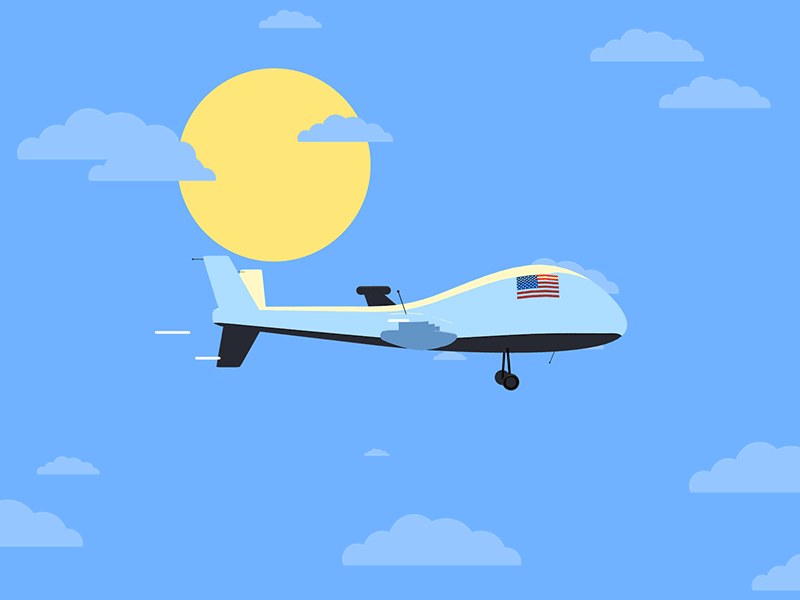COURSE OBJECTIVES
• To classify the types of Aircrafts and its data collection.
• To estimate the weight of an Aircraft pertaining to preliminary hand calculations
• To select the appropriate airfoil, wing tail, control surface and power plant for the preliminary design Aircraft.
• To analyze the performance of the preliminary design Aircraft.
• To perform the structural analysis of the preliminary design Aircraft.
• To design the landing gear opted for the newly designed Aircraft.
SUGGESTED LIST OF EXPERIMENTS
1. Data collection.
2. Preliminary weight estimation.
3. Airfoil selection, Wing tail and control surfaces
5. Balance diagram.
6. Drag estimation.
7. Rate of climb calculations at various altitudes, Turn performance
8. Range and Endurance, Takeoff and landing distance calculation
10. V-n diagram
12. Shear force and bending moment diagrams of various aircraft structures.
13. Structural weight distribution.
14. Landing gear Design.
15. Detailed CAD drawings of wing, fuselage ,tail surfaces and control surfaces and their stress analysis using structural software
16. Detailed Design project report.
COURSE OUTCOMES
At the end of the course, student will be able to:
• CO1: Categorize the types of Aircraft and its specifications to perform the conceptual design of new Aircraft.
• CO2: Estimate the gross weight and payload weight of an Aircraft for the preliminary designed Aircraft.
• CO3: Deduct the appropriate selection of airfoil, wing-tail configuration for the preliminary Aircraft.
• CO4: Analyze the preliminary designed Aircraft’s performance and its control.
• CO5: Evaluate the structural analysis of airframe parts of the preliminary designed Aircraft.
• CO6: Design the appropriate landing gear that suits the preliminary designed Aircraft.

- Teacher: Madhan Kumar G
